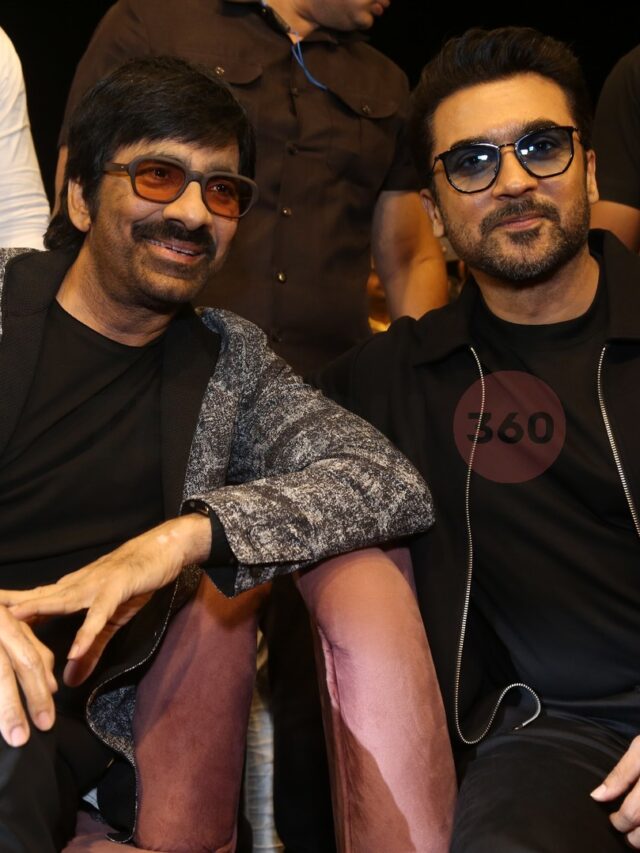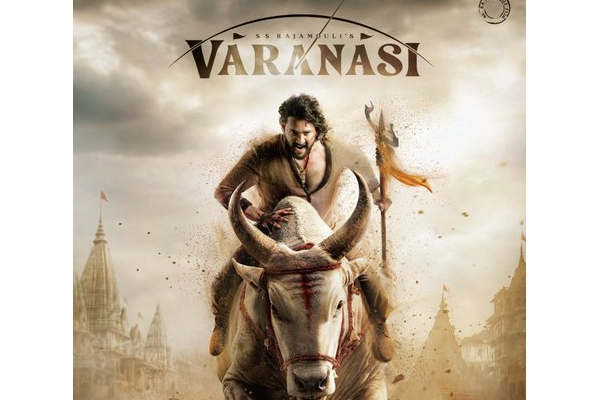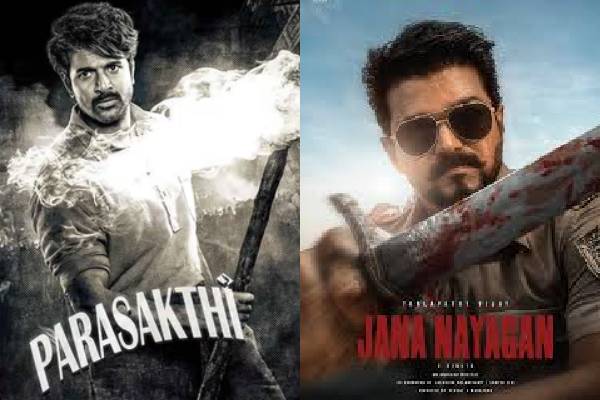For decades, the late Dasari Narayana Rao was the undisputed voice of Tollywood. He mediated disputes, safeguarded the interests of producers, actors, and technicians, and ensured that the industry functioned smoothly. After his demise, occasional conflicts did arise, but producers themselves managed to find resolutions. Today, however, the conflict has shifted inward into the producers’ camp itself, posing a far greater challenge.
Over the past five to six years, particularly after the pandemic, a section of producers aggressively scaled up their projects. Lavish spending, inflated budgets, and unsustainable remuneration have now become industry norms. The key question facing Tollywood is: who will lead the industry out of this spiral?
On Monday, veteran actor Chiranjeevi took a step forward. He hosted 72 representatives from 24 crafts of the film federation at his residence for a meeting that lasted over three hours. Union leaders presented their demands in detail, and Chiranjeevi reportedly listened patiently, assuring them that he would coordinate with the Producers’ Council to arrive at a mutually acceptable solution.
But the deeper issue remains structural. Earlier, senior figures exercised restraint, ensuring that budgets and markets were kept realistic. After Baahubali, however, the industry’s mindset shifted; every producer wanted to mount films on a grand scale, regardless of content. Recent examples, such as Nithiin’s Thammudu, underline the problem: a weak story and poor direction presented in a needlessly lavish package.
This imbalance has left producers exposed. Directors and stars push for bigger budgets, and producers, persuaded by the promise of success, bear the financial risks. When projects falter, as seen in Hari Hara Veera Mallu, where the director exited midway, the losses fall solely on the producer.
The ripple effects are significant. With fewer films being greenlit, daily-wage workers and technicians see their livelihoods shrink. Scarcity drives them to demand higher pay, which only adds to production costs. Meanwhile, star heroes continue to command fees of ₹50–100 crore per film. For them, one project may suffice for a year, but for thousands of workers, continuous film production is essential for survival.
Tollywood today faces a leadership vacuum. Unless star actors and directors recognize the ground reality and moderate their demands, producers will struggle to sustain the industry. If producers withdraw, the entire ecosystem, especially its workforce, will suffer. The Telugu film industry needs a strong, neutral leader once again, someone who can strike a balance between creativity and financial discipline. The question is whether the current generation of stars and producers will step up to fill that role, or whether Tollywood will continue to drift without direction.


































